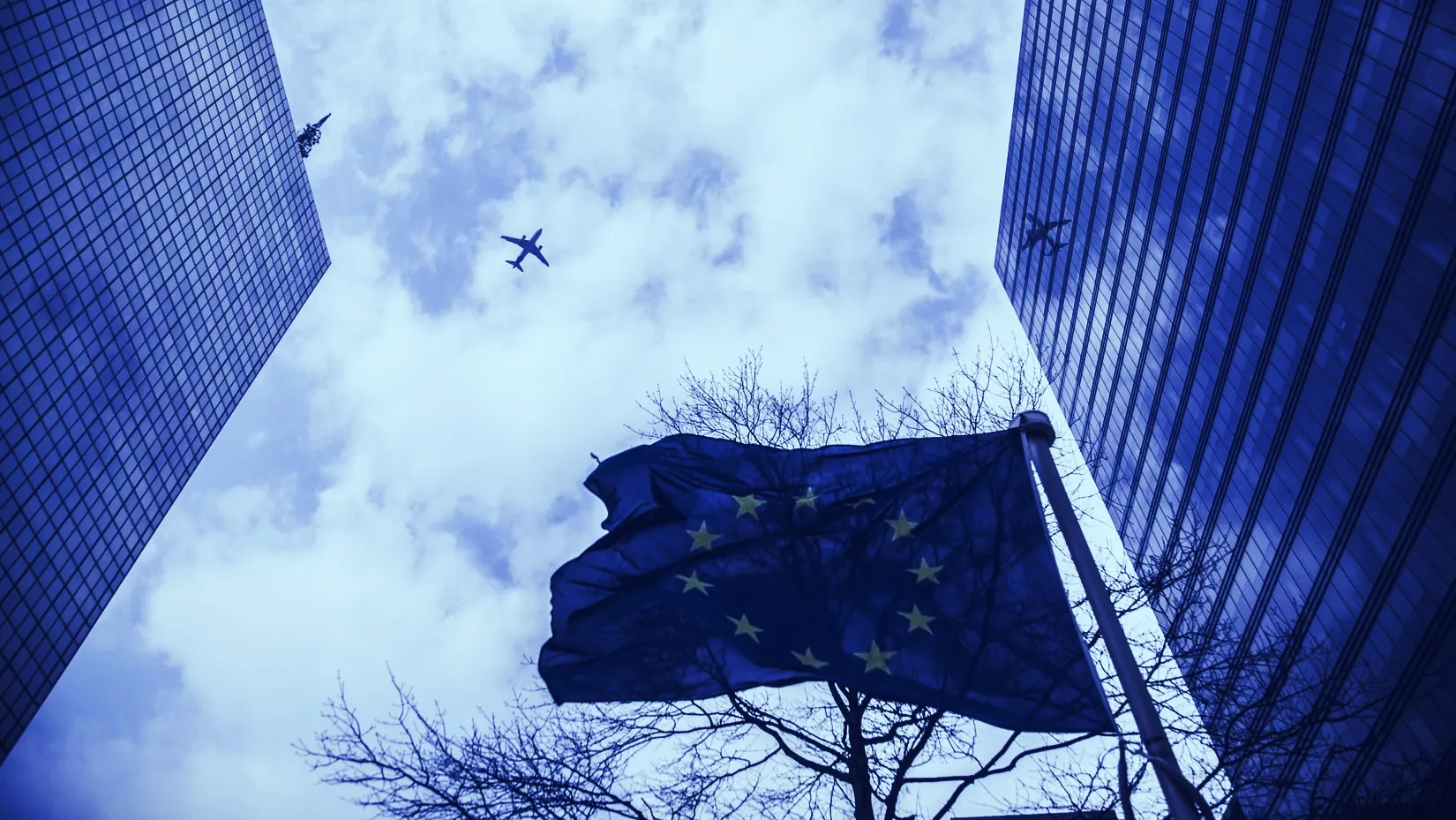The European Central Bank (ECB) today revealed that it is considering accelerating its plans for a central bank digital currency (CBDC) if consumers continue to move away from cash for payments.
After initially looking into the possibility of releasing its own digital currency in May this year, the European Central Bank has been investigating the issuance a CBDC to help ensure that the general public remains “able to use central bank money even if the use of physical cash declines,” according to the document released today.
The central bank added that “a future decline in cash usage could be a catalyst in accelerating central bank efforts in the area of CBDC.” The idea was first floated last week when ECB executive board member Benoît Cœuré said that there is a lack of European solutions for online payments, leading to a reliance on non-European solutions.
Meanwhile, a number of European countries are rapidly moving away from cash and towards some form of digital payments. In Sweden, for example, cash is now only used in 19% of payments, and UK government report earlier this year predicted that cash would be used in just 9% of all transactions by the year 2028.
And the ECB isn’t the only central bank with its eyes on digital currency. China also continues to develop its digital Renminbi, and just today the central bank of France also outlined its intention to experiment with a digital euro in 2020.
But a move toward a central bank digital currency for Europe won’t be plain sailing. The ECB warned that a “CBDC could have far-reaching implications for the financial system,” including the way monetary policy is conducted, and effects on the banking sector in areas such as credit intermediation and bank funding.
The ECB, according to its internal document, plans to continue analyzing a CBDC with the intention of exploring the benefits for European citizens. It said it would be “ready to act should the need arise in the future.”

